Interni Venosta’s vases are made from laundry detergent bottles
Britt Moran and Emiliano Salci of Dimorestudio have conceived a series of expressive vases whose starting point is a humble plastic bottle
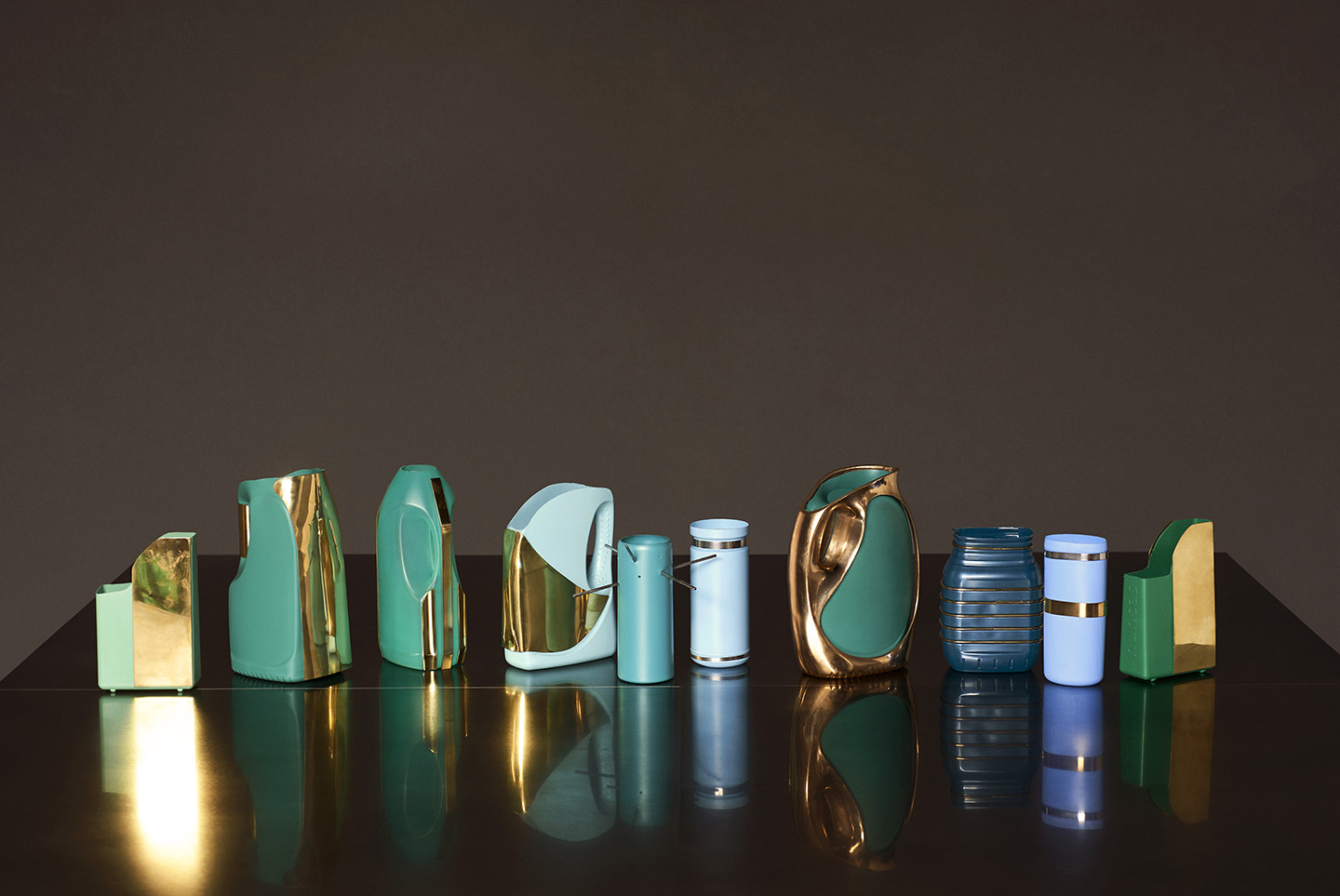
When Britt Moran and Emiliano Salci of Dimorestudio unveiled their new furniture brand Interni Venosta in 2024, they told us they wanted to create something 'elegant but super easy to live with'. The growing collection has so far encompassed tables, chairs, lighting and beds, all showcasing the designers’ signature eclecticism while also introducing a contemporary yet timeless language to the new brand. The latest launch from Interni Venosta is a compact series of expressive vases – the ‘Destroyer’ collection, featuring colourful vessels that are at once a playful interpretation of a classic and a sophisticated material exercise.
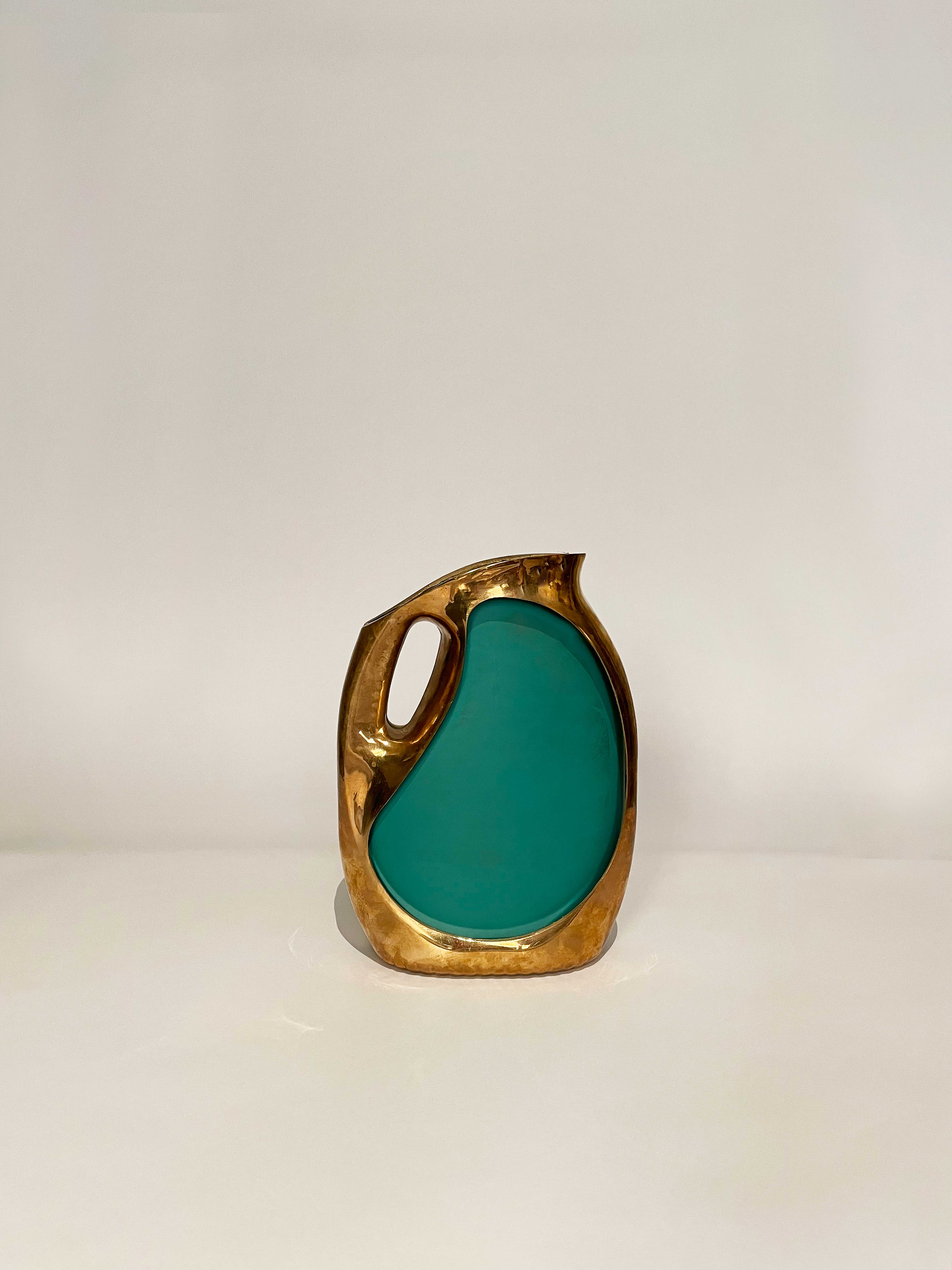
The starting point for each vase comes from a place that feels as far from Moran and Salci's regular material choices as can be. They chose to work with laundry detergent bottles, their colourful plastic surfaces defining the look of the collection. The humble vessels are enriched with brass, bronze and steel details, their final forms still nodding to their utilitarian past but becoming something new altogether.
It's like looking at two things at once: a precious creation and a remainder of everyday banality. The bright hues, coupled with the noble materials (arranged with typical Dimorestudio flair) make the collection a piece of delicious eye candy while also prompting a moment of reflection on waste and the preciousness of craft.
We spoke with Britt Moran about the collection and how it was conceived.
Interni Venosta ‘Destroyer’ vases: interview with Britt Moran
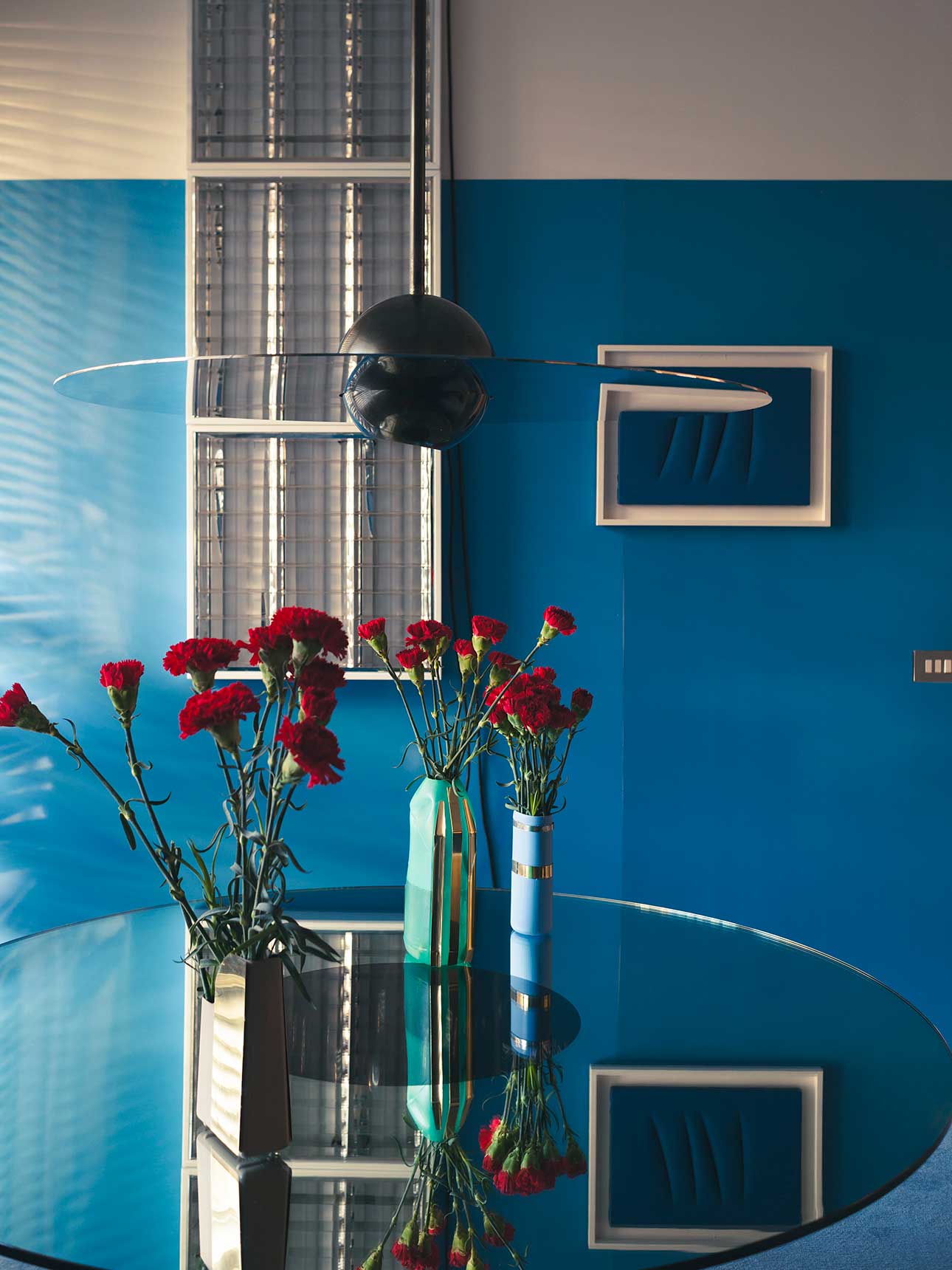
Wallpaper*: When did you first have the idea for the ‘Destroyer’ collection and how did you develop it?
Britt Moran: The idea came from a desire to ennoble what we usually throw away. ‘Destroyer’ started as a reflection on waste: on how certain objects, once stripped of their function, become invisible. We wanted to give them a second life, not by repairing them, but by transforming them into something unexpected. The project began with spontaneous, almost aggressive gestures: breaking, cutting, burning. But behind that violence, there’s a precise intent: to reveal hidden beauty in what is usually considered useless. Each vase is the result of this contradiction: destruction as a form of elevation.
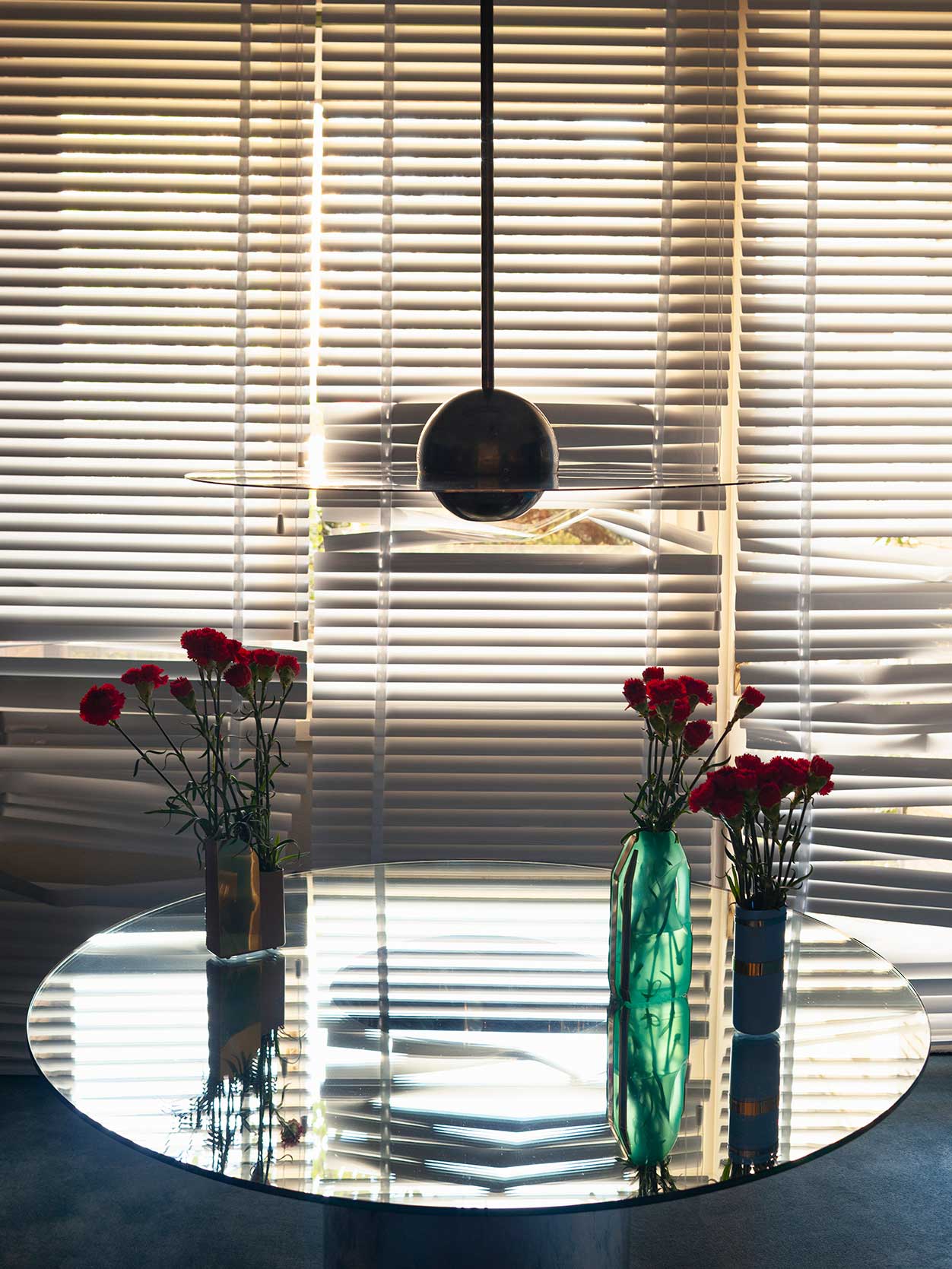
W*: How do you choose the pieces to work with? What shapes or materials are you most attracted to?
Receive our daily digest of inspiration, escapism and design stories from around the world direct to your inbox.
BM: We start from the most ordinary things: containers everyone has at home, often hidden under the sink or in a storage cabinet. Bottles of floor cleaner, jugs for marble polish, plastic canisters for detergents and degreasers. What fascinates us is not just their functionality, but their distinctive visual language: standardised shapes combined with highly recognisable colours: acid greens, synthetic blues, harsh yellows. These are objects designed to be seen and understood instantly, even unconsciously. Their forms are simple, repetitive, but strangely iconic. We collect them, strip them of their original meaning, and let them become something else.
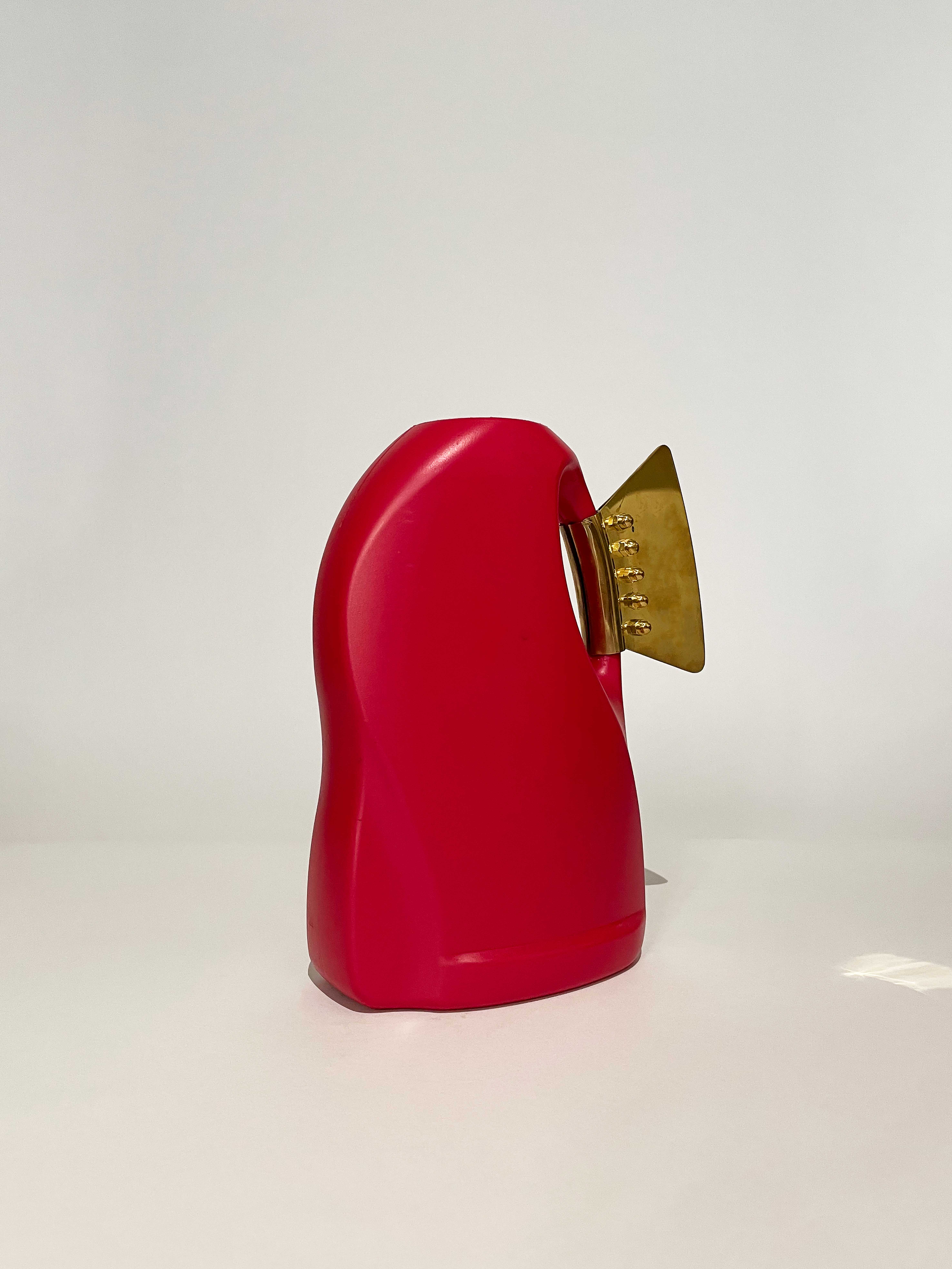
W*: Can you tell me more about the process of transforming each contained into a vase? How are the materials mixed and applied?
BM: Emiliano meticulously studies each bottle individually to decide how best to apply the metal elements, making sure the intervention respects and transforms the original shape. The metal parts, made in artisanal foundries using traditional casting techniques, are carefully designed to fit and interact with the plastic base.
The process involves a deep dialogue between plastic and metal: sometimes the metal wraps around, sometimes it interrupts or pierces the original form. The choice of steel, brass, and bronze is deliberate, adding material weight and a sense of permanence to objects that would otherwise be disposable. This craftsmanship and attention to detail turn each vase into a unique sculptural piece, both an homage to and a subversion of industrial design.
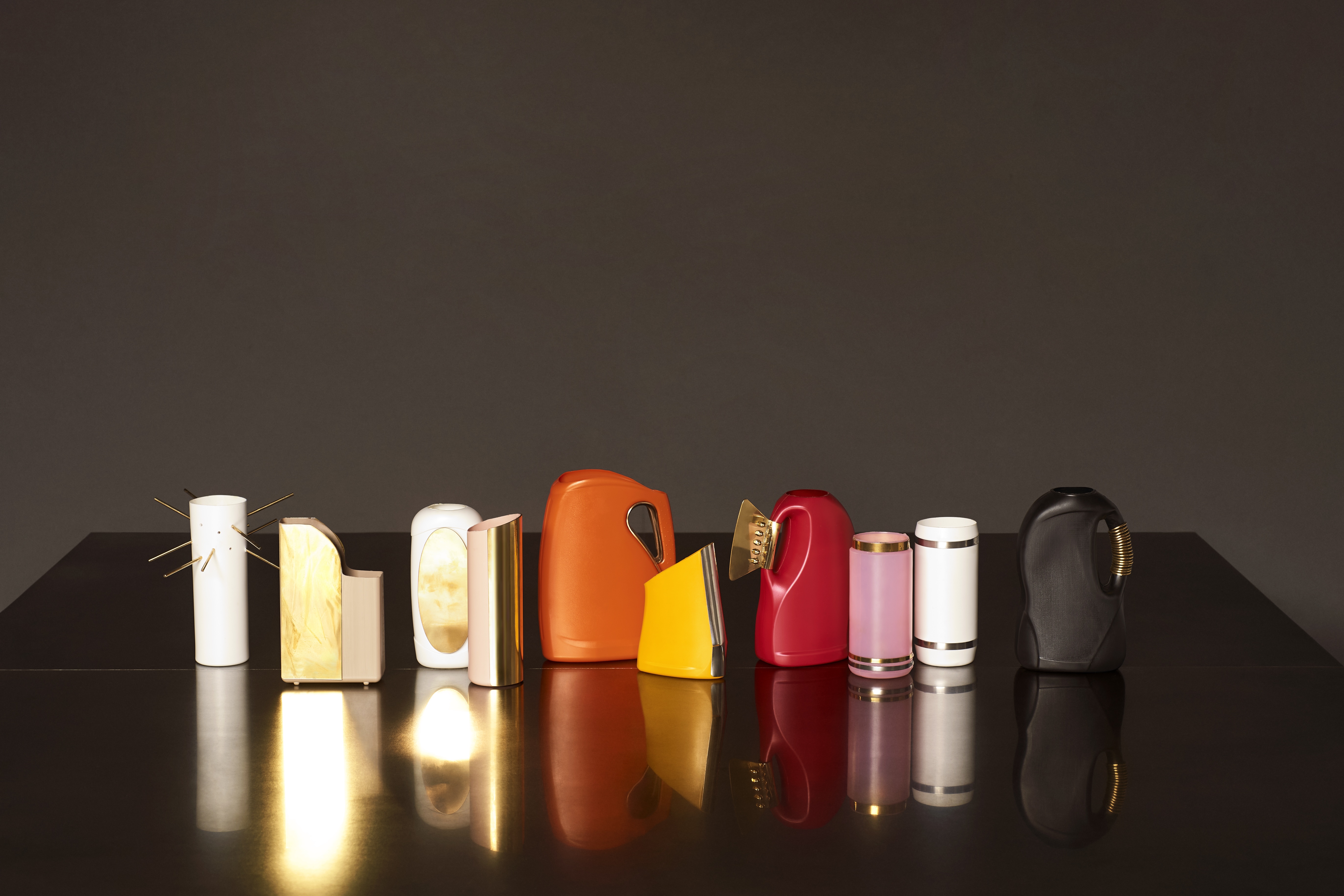
W*: How does the language of these pieces represent Interni Venosta?
BM: The ‘Destroyer’ collection expresses the core of Interni Venosta’s rigorous and rational design approach. The proportions and the combination of materials make the collection, crafted by Fabbri Services, ageless. Each piece preserves the essential geometry of the original object, stripping away any superfluous elements, and introduces precise metal insertions that redefine its presence.
This disciplined language reflects our belief in design as a system of relationships, where materiality and form are measured and deliberate. ‘Destroyer’ rejects ornamentation and sentimentality; instead, it focuses on the integrity of the object and the rigour of transformation. It is a study in restraint, where every intervention is intentional and essential, reinforcing a vision of design grounded in clarity and order.
Vases are made to order – full details at internivenosta.com
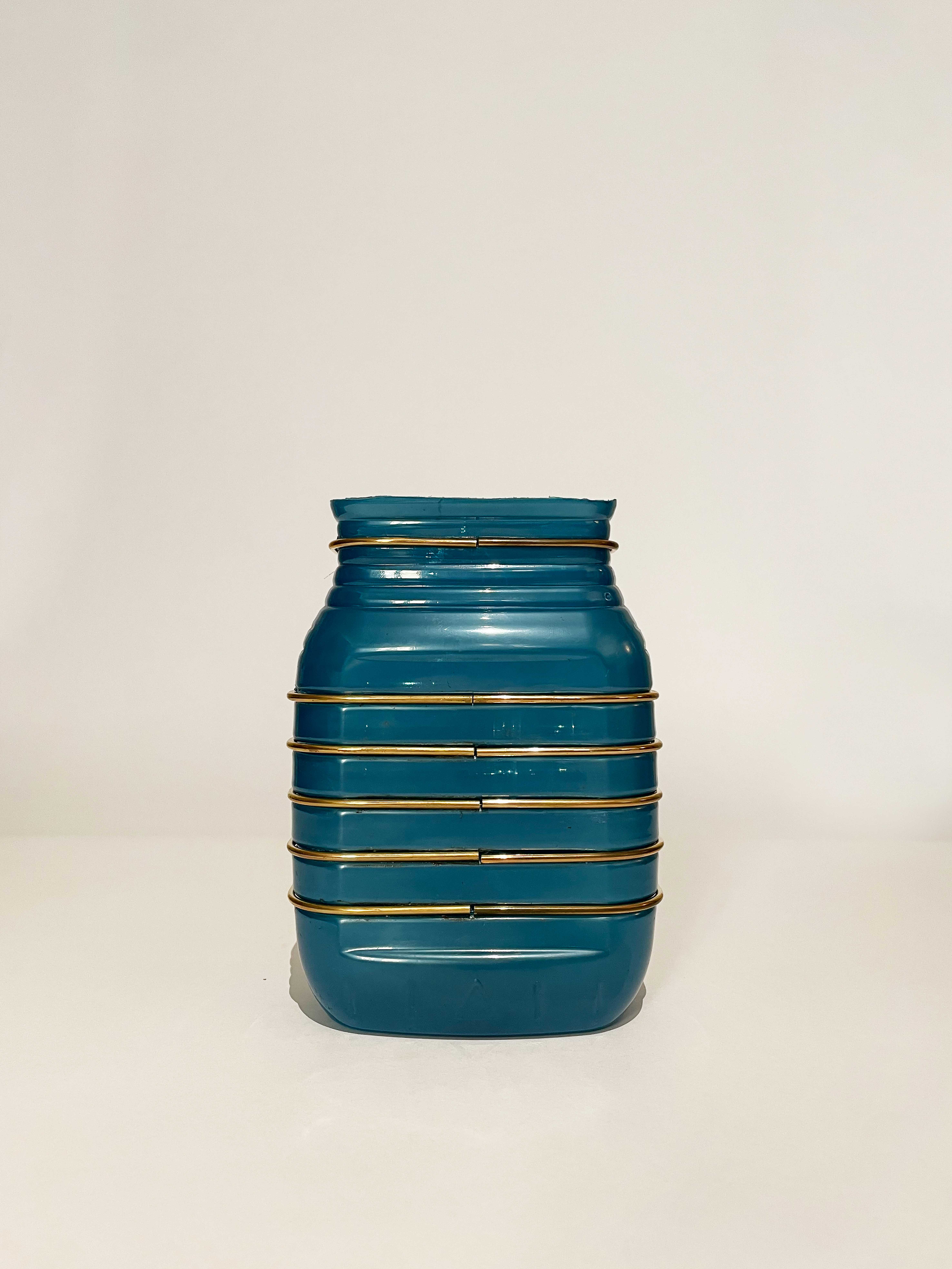
Rosa Bertoli was born in Udine, Italy, and now lives in London. Since 2014, she has been the Design Editor of Wallpaper*, where she oversees design content for the print and online editions, as well as special editorial projects. Through her role at Wallpaper*, she has written extensively about all areas of design. Rosa has been speaker and moderator for various design talks and conferences including London Craft Week, Maison & Objet, The Italian Cultural Institute (London), Clippings, Zaha Hadid Design, Kartell and Frieze Art Fair. Rosa has been on judging panels for the Chart Architecture Award, the Dutch Design Awards and the DesignGuild Marks. She has written for numerous English and Italian language publications, and worked as a content and communication consultant for fashion and design brands.
-
 Each mundane object tells a story at Pace’s tribute to the everyday
Each mundane object tells a story at Pace’s tribute to the everydayIn a group exhibition, ‘Monument to the Unimportant’, artists give the seemingly insignificant – from discarded clothes to weeds in cracks – a longer look
-
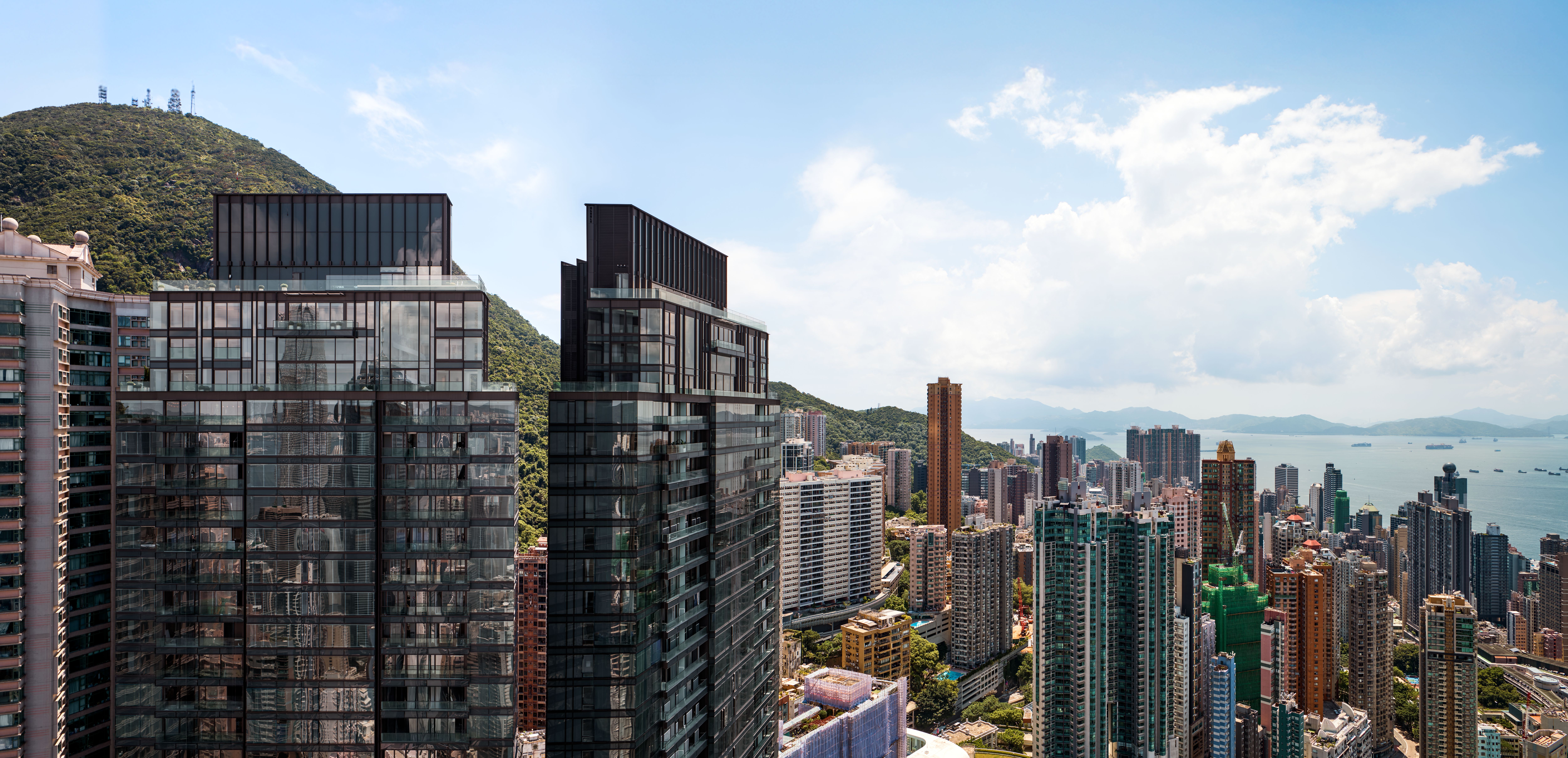 Discover The Legacy, Hong Kong’s eye-catching new condo
Discover The Legacy, Hong Kong’s eye-catching new condoThe Legacy, by ACPV Architects Antonio Citterio Patricia Viel, is a striking new condo tower that aims to ‘create a sense of community and solidarity among people’
-
 In BDSM biker romance ‘Pillion’, clothes become a medium for ‘fantasy and fetishism’
In BDSM biker romance ‘Pillion’, clothes become a medium for ‘fantasy and fetishism’Costume designer Grace Snell breaks down the leather-heavy wardrobe for the Alexander Skarsgård-starring Pillion, which traces a dom/sub relationship between a shy parking attendant and a biker
-
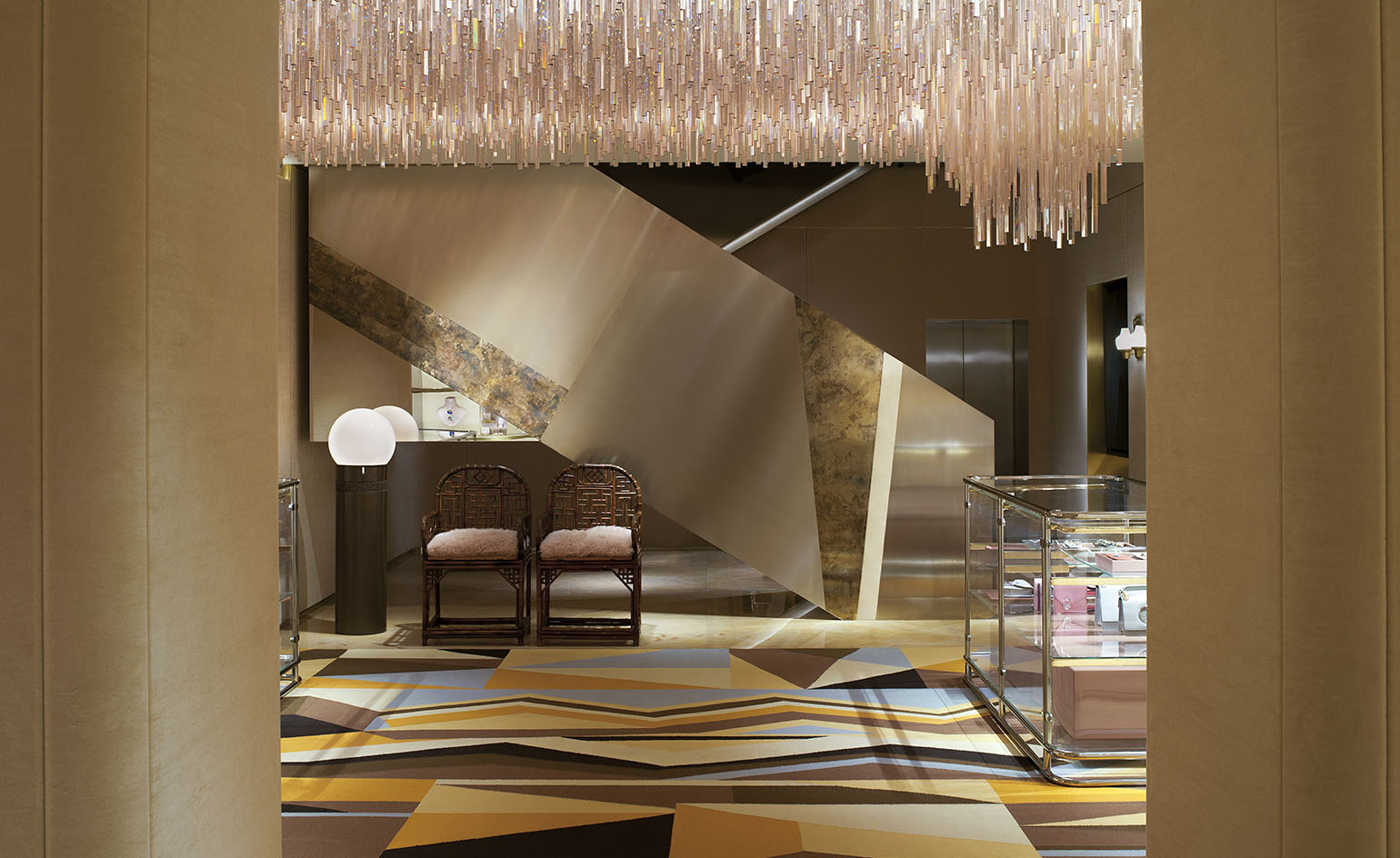 Retro revival: Dimore Studio unleashes 70s style at Fendi’s Sloane Street boutique
Retro revival: Dimore Studio unleashes 70s style at Fendi’s Sloane Street boutique -
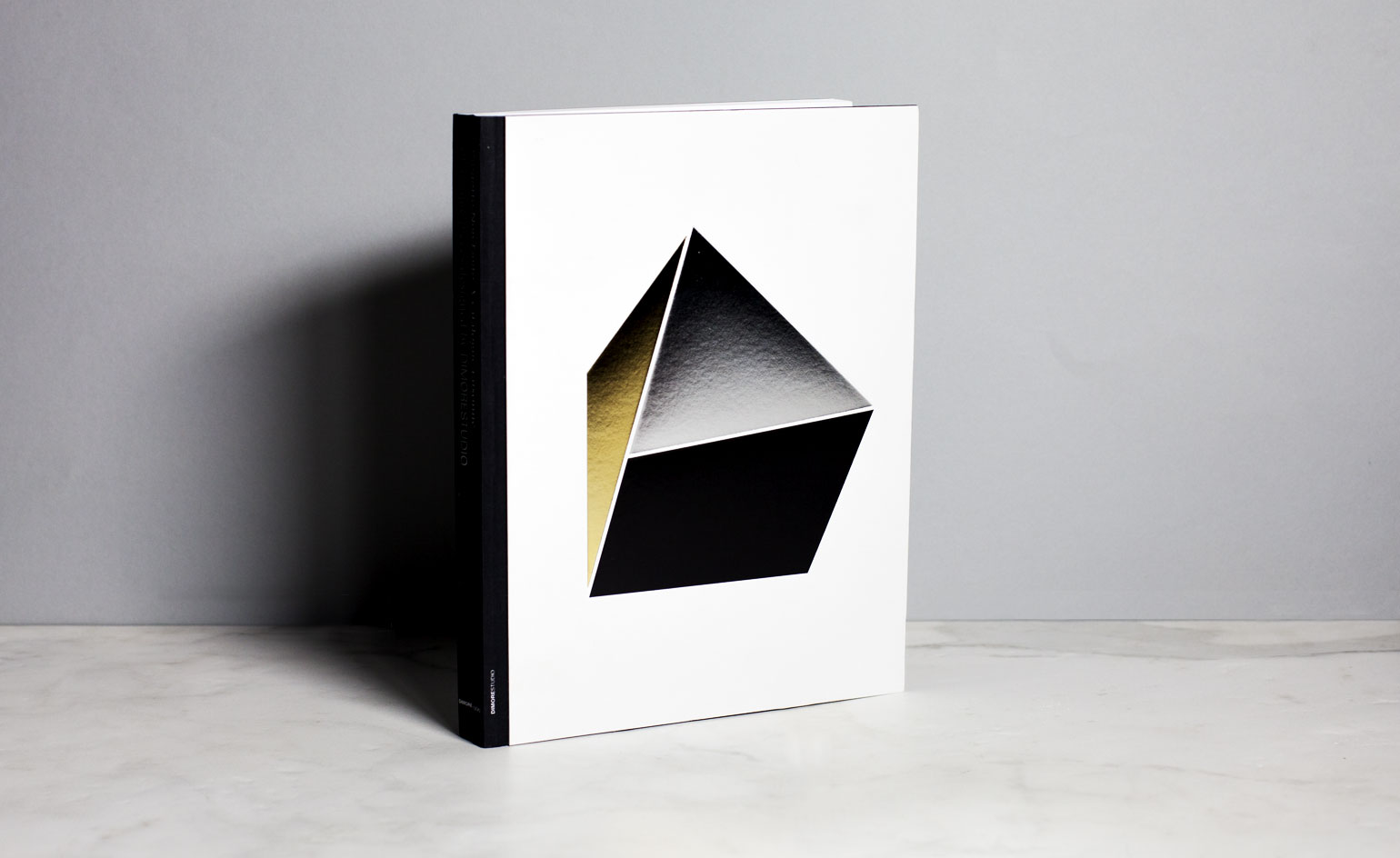 Project unfinished: flick through Dimore Studio’s anthology-cum-catalogue
Project unfinished: flick through Dimore Studio’s anthology-cum-catalogue -
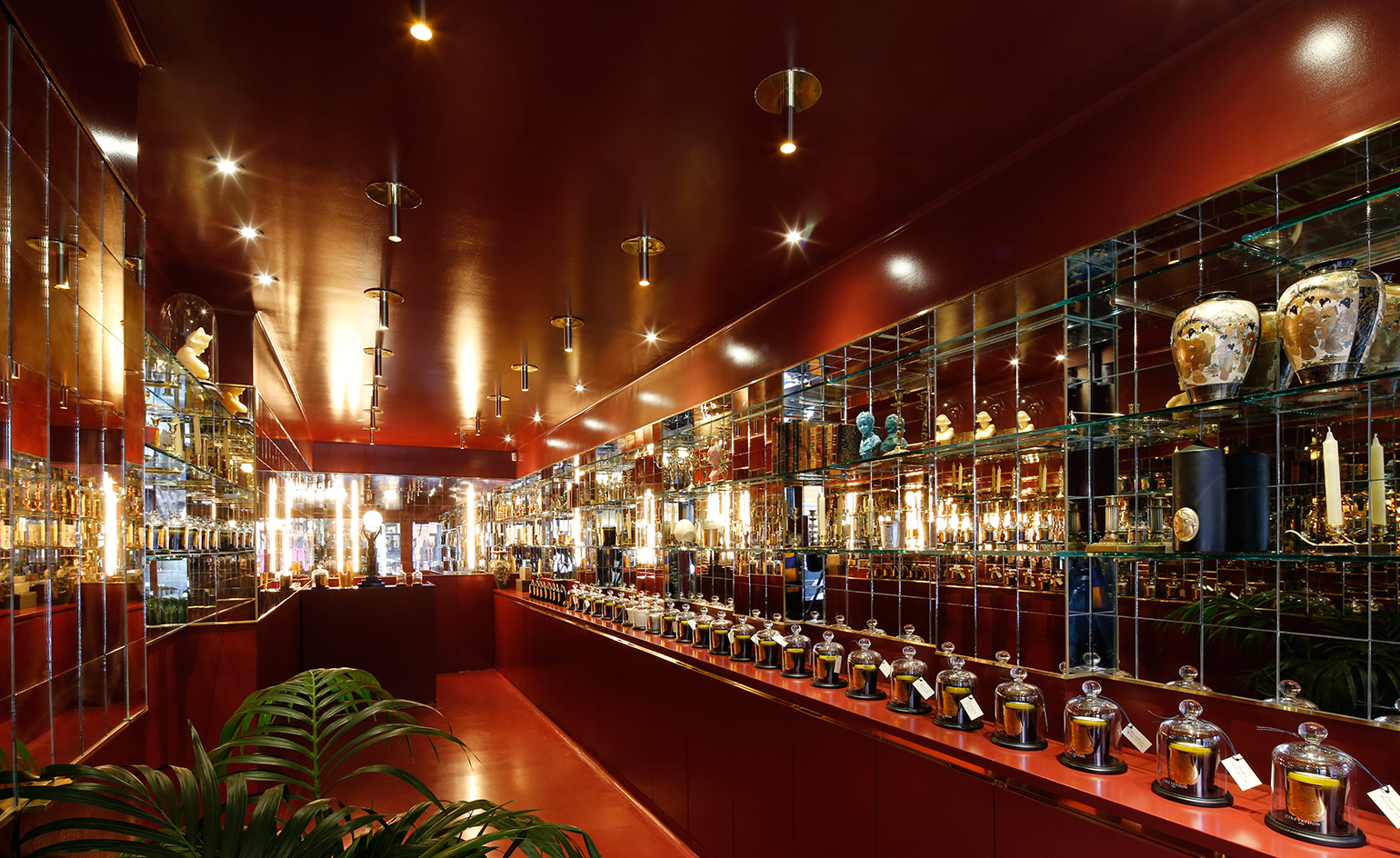 French fancy: Cire Trudon opens its first US boutique in New York
French fancy: Cire Trudon opens its first US boutique in New York -
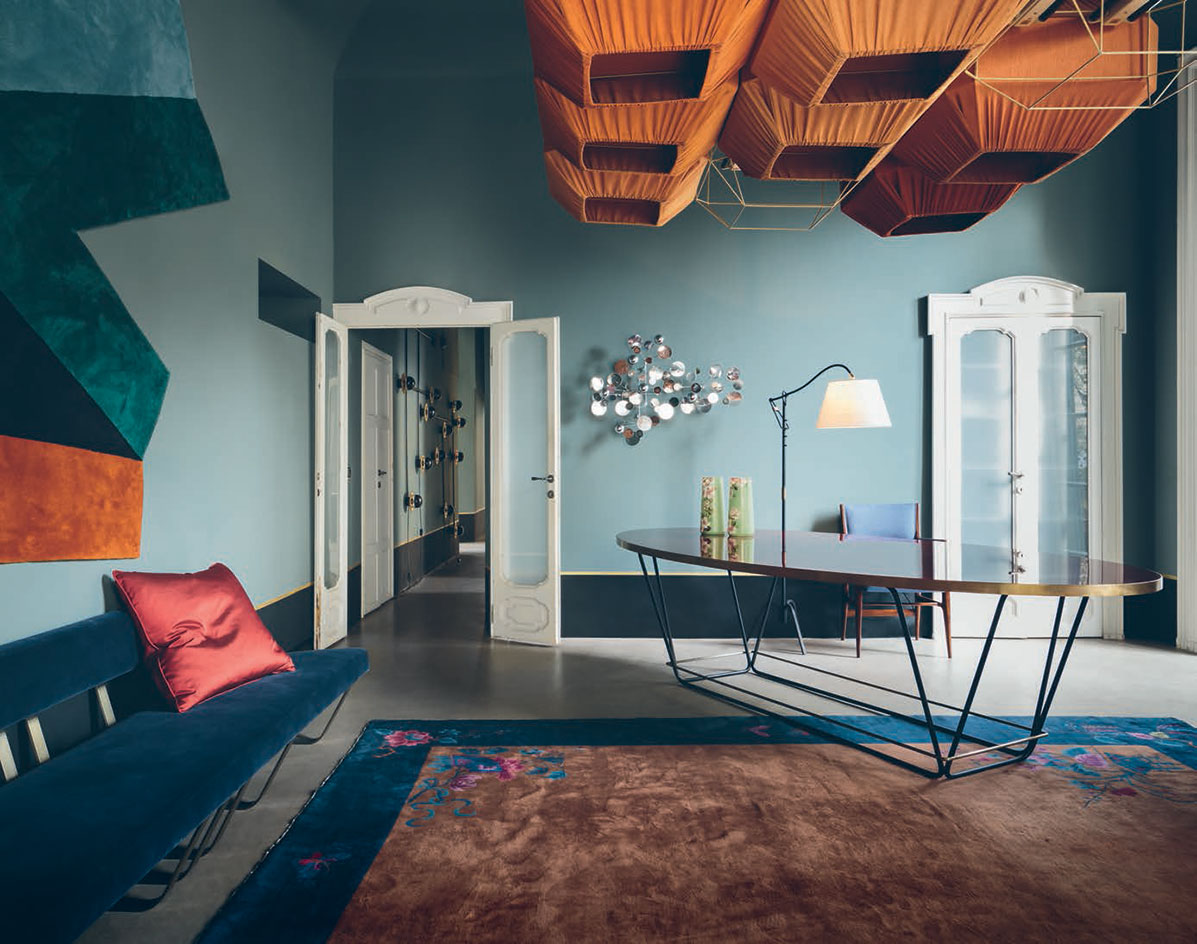 Top 20 interior designers who know how to create sublime spaces
Top 20 interior designers who know how to create sublime spacesFrom delicate and muted minimalism to eye-popping, era-hopping fancies, here are the designers who know how to mix, match, edit, illuminate, decorate and otherwise create sublime spaces
-
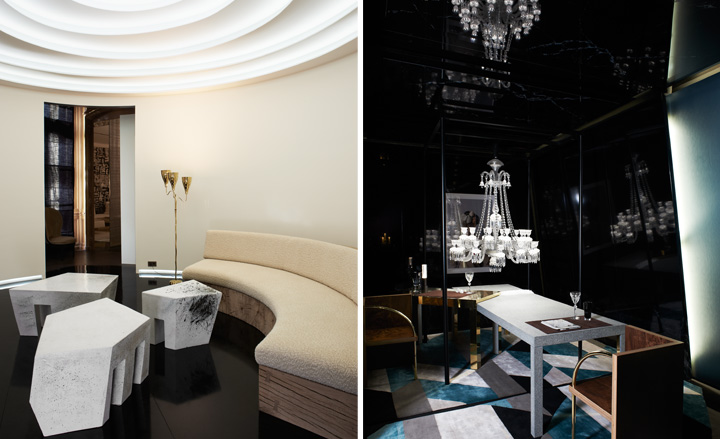 Designers transform Artcurial in Paris for AD Interieurs
Designers transform Artcurial in Paris for AD Interieurs